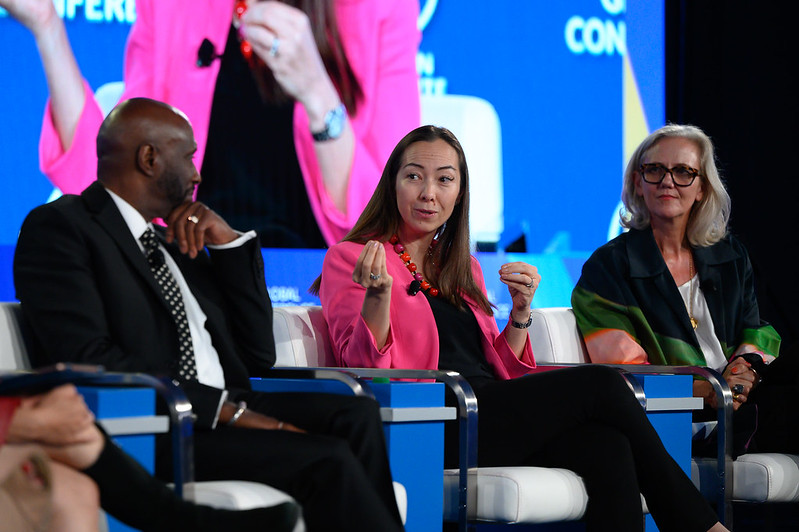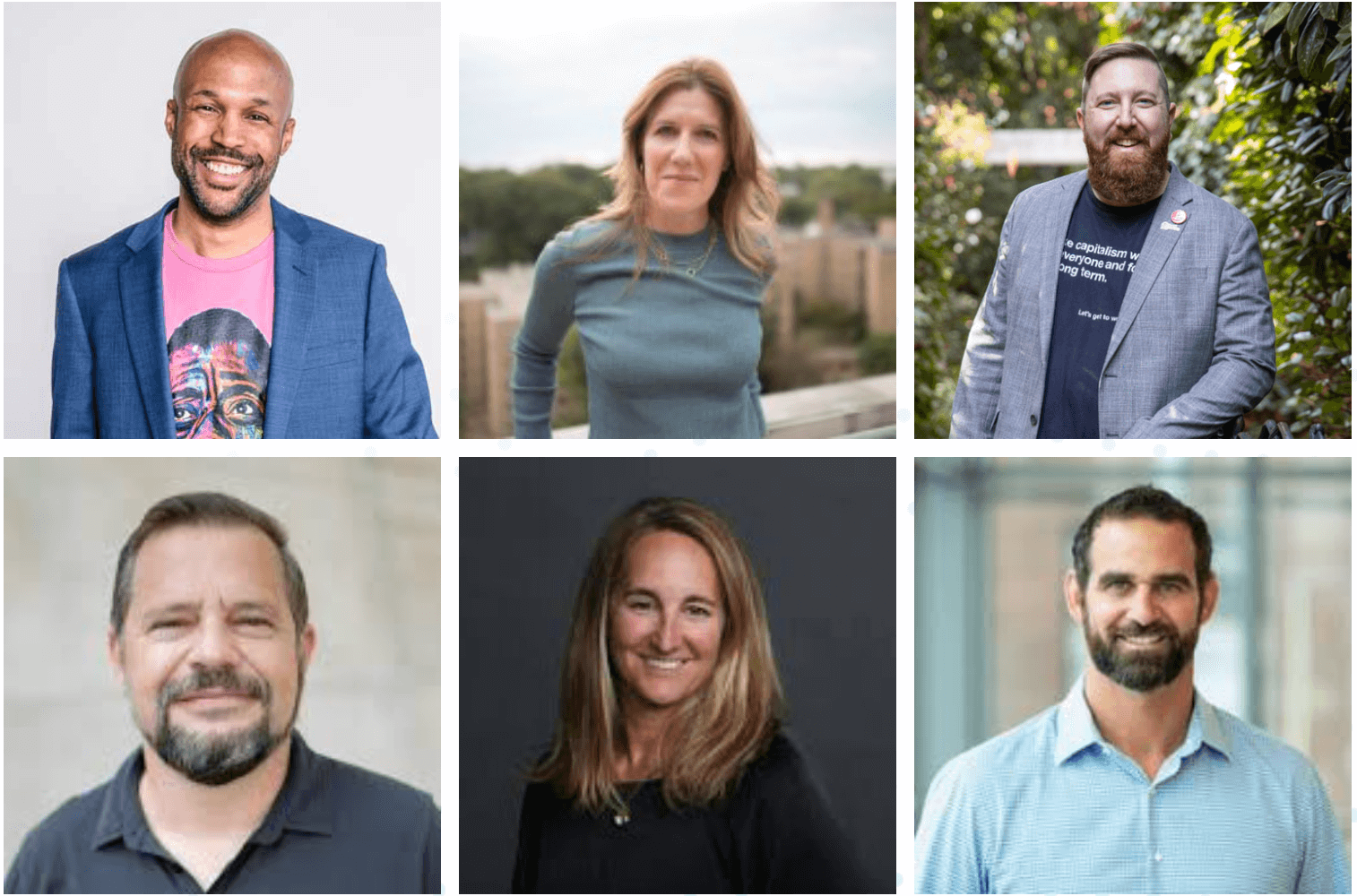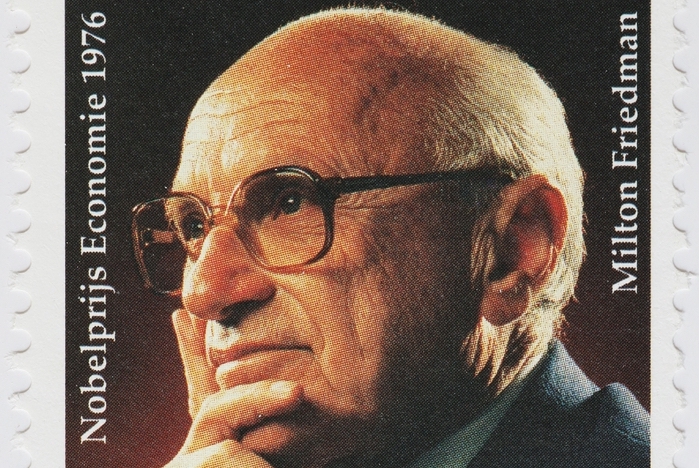How to understand and harness the recent influx of capital into ESG products was the conversation at the center of this week’s 25th Milken Institute Global Conference.
In the U.S., which is leading growth in the global market for environmental, social and governance investing, ESG assets are expected to surpass $20 trillion by the end of this year. So, it begs the question, how is money moving domestically to satisfy demands for “mission and margin”?
“ESG has been discussed at pretty much all the panels at #MilkenGlobalConference. It’s now a business basic,” tweeted Hiro Mizuno, former chief investment officer of the Government Pension Investment Fund of Japan. “We now have a responsibility to improve implementation of it.”
The Milken Global conference provided expert insights from investors, fund managers, issuers, and community stakeholders on debt and equity strategies that are delivering capital to support social and environmental priorities such as affordable housing, climate resiliency, and shared employee-ownership.
Finance New Orleans’ Damon Burns, shared details about the agency’s efforts to issue a Green Impact Bond for activities that will advance climate resiliency and create opportunities for wealth creation amongst the city’s most vulnerable residents. “We have created a financial strategy to decentralize community infrastructure, support our working and low-income homeowners, and close the racial wealth gap – all while building a more resilient New Orleans”.
During a conversation about how public finance practitioners are leveraging the municipal bond market to amplify impact and mitigate risk for issuers and investors, Laura Brunner of The Port in Cincinnati shared insights on the port authority’s recent acquisition of a 194-home portfolio. The move to outbid more than a dozen out-of-town investors was made to protect low-income and working residents from displacement and provide a pathway to homeownership.
Speakers also discussed alignment between the long-term nature of private equity and the multi-year runway often required to create positive generational and sustainable change. “The playbook of reducing jobs to make a profit has been played out,” said Andy Weinberg of Brightstar Capital Partners, which is utilizing private equity to support shared employee-ownership conversion. “Growing jobs and growing businesses is actually the winning strategy.”
It seems that in a rapidly changing social, political, and climate landscape, corporate and institutional investors are embracing ESG strategies as a way to capitalize on emerging opportunities and hedge against shrinking demand for traditional assets over the long-term.
However, without adequate data insights and comparability across products and models, returns on certain ESG-oriented activities will continue to be couched as “concessionary” due to perceived risk.
Some speakers spoke of their reliance on public-private partnership and local insights for risk mitigation, which leads me to believe that public-sector and philanthropic leaders must remain actively involved in building and de-risking investment products and pipelines in the years to come.
Those that do will see an accelerated flow of mission-oriented capital to their communities, and ensure that the U.S. continues to be a global leader in the growth of ESG assets.
Rachel Reilly is founder and CEO of Aces & Archers.











